How do you know if your product has IATF 16949 or ISO 9001 certification? These quality standards apply to the design, development, production, installation, and servicing of products. In addition to these points, both ISO 9001 and IATF 16949 also have guidelines that fall under the category of product defects or quality defects (for instance, defective materials). Although they can be different in small ways depending on which standard you are applying to, there are six main categories of product defects that are relevant to both ISO 9001 and IATF 16949 audits.
1) Manufacturing Defects
One of the most common types of quality control service, manufacturing defects can occur when a manufacturer takes shortcuts in production that result in reduced quality. For example, a manufacturer might not test a part before installing it or fill out paperwork incorrectly.
IATF 16949 and ISO 9001 audits look for manufacturing defects by inspecting documentation, machine parts, assembly lines and more. If anything looks amiss during an inspection, an auditor may retest it to ensure accuracy.
2) Design Defects
The most common cause of injuries resulting from a defective product is poor design. The phrase design defect refers to a flaw in a design that leads to injuries when it is manufactured and used properly.
For example, if an automobile manufacturer designs a car with faulty brake lines, those lines may rupture when used as intended causing someone to lose control of his or her vehicle. Inadequate instructions or warnings are another form of design defect.
3) Handling or Installation Defects
These relate to how a product is handled or installed, rather than anything inherent in it. For example, if there’s insufficient documentation explaining how to install a component, that’s an installation defect.
Handling and installation defects often happen in shipping when operators aren’t paying proper attention; they can also happen on site if assembly instructions aren’t followed carefully. In either case, make sure you have appropriate training materials available for your employees.
4) Wrong Workmanship
Wrong workmanship includes incorrect machining, incomplete or missing components, wrong finishing processes, incorrect parts (such as two right-hand screws), etc.
In addition to making your finished product look bad, it can also hurt its performance in terms of strength and utility. If not caught during an IATF audit or other quality control service, mistakes like these could lead to a recall of your finished product –– potentially damaging your reputation.
5) Failures Due to External Causes
This category includes failures that could have been detected prior to or during production, but were not caught. For example, a non-product-specific part was installed on a product in assembly. There was no indication on the drawing or otherwise to suggest it would not fit properly—but it didn’t.
The good news is these types of errors can be monitored using IATF 16949 quality control services and frequent ISO 9001 certification audits, allowing you to preempt any damage before it has a chance to occur.
6) Other Failures
IATF 16949 has six categories for other failures. The defect is not related to a specific functional requirement, but it can affect safety in some way. It could be due to assembly or installation issues, labeling problems, or some type of test failure.
For example, if an airbag fails during testing due to improper wiring that wasn’t visible until after installation then it would qualify as another failure.
Final thought
If you need more help with your quality management systems, read our post on how to pass an IATF 16949 audit. As a bonus, we’ve also put together a complete list of all documents required by both AQL and IATF-16949 standards so you know exactly what to expect during your AQL or IATF-16949 audit. And if you want to learn more about ISO 9000 certification in general. Finally, as always, don’t hesitate to contact us for additional information. We’re happy to help!






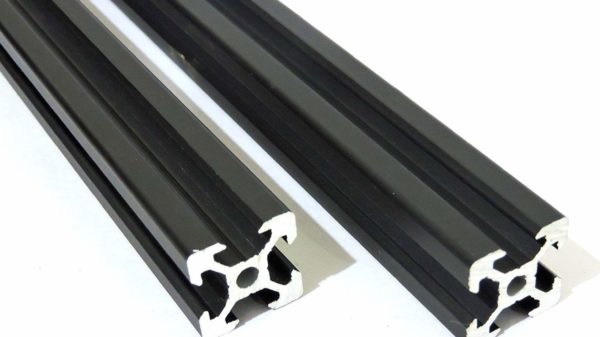





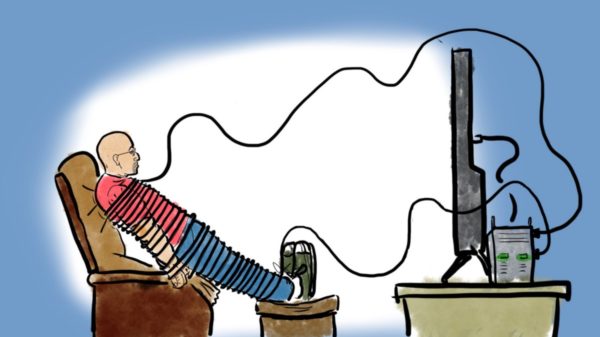

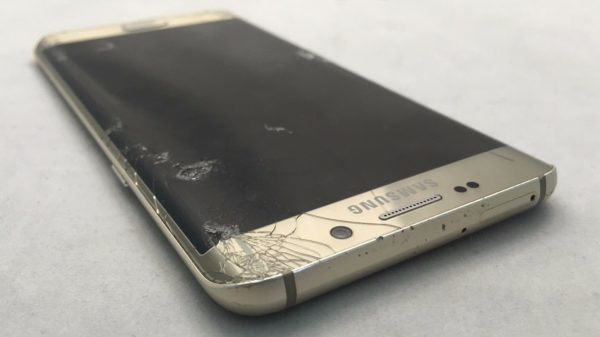





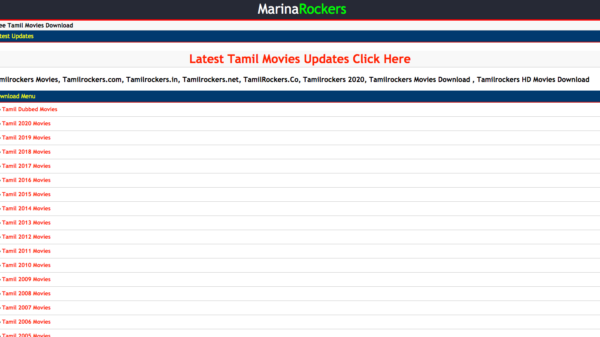

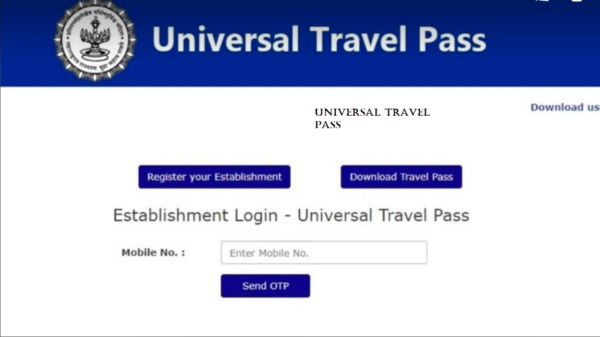
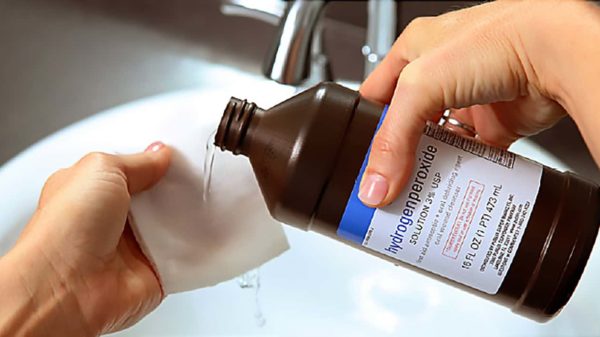





























You must be logged in to post a comment Login